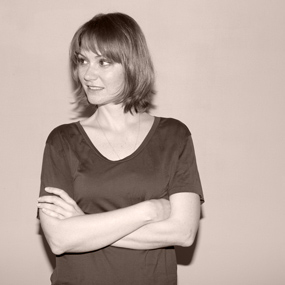Designers find new paths forward collaborating with traditional artisans—and vice versa
The Past is the Future
-
Still by Formafantasma for Lobmeyr
Photo © Bea De Giacomo for L'AB/Pamono
-
Still and Alphabet by Formafantasma for Lobmeyr
Photo © Bea De Giacomo for L'AB/Pamono
-
Still by Formafantasma for Lobmeyr
Photo © Bea De Giacomo for L'AB/Pamono
-
Alphabet by Formafantasma for Lobmeyr
Photo © Bea De Giacomo for L'AB/Pamono
-
Alphabet by Formafantasma for Lobmeyr
Photo © Bea De Giacomo for L'AB/Pamono
-
Homemaker RCA06 by Eyal Burstein for 1882 Ltd.
Photo © Bea De Giacomo for L'AB/Pamono
-
Homemaker RCA06 by Eyal Burstein for 1882 Ltd.
Photo © Bea De Giacomo for L'AB/Pamono
-
Homemaker RCA06 by Eyal Burstein for 1882 Ltd.
Photo © Bea De Giacomo for L'AB/Pamono
-
Losing My America by gt2P
Photo © Bea De Giacomo for L'AB/Pamono
-
Losing My America by gt2P
Photo © Bea De Giacomo for L'AB/Pamono
-
Losing My America by gt2P
Photo © Bea De Giacomo for L'AB/Pamono
-
Losing My America by gt2P
Photo © Bea De Giacomo for L'AB/Pamono
-
Withering Tableware by Kolk & Kusters for Thomas Eyck
Photo © Bea De Giacomo for L'AB/Pamono
-
Withering Tableware by Kolk & Kusters for Thomas Eyck
Photo © Bea De Giacomo for L'AB/Pamono
-
Withering Tableware by Kolk & Kusters for Thomas Eyck
Photo © Bea De Giacomo for L'AB/Pamono
-
Withering Tableware by Kolk & Kusters for Thomas Eyck
Photo © Bea De Giacomo for L'AB/Pamono
-
Sefefo Color by Patricia Urquiola for Mabeo Furniture
Photo © Bea De Giacomo for L'AB/Pamono
-
Maun Windsor Chair by Patty Johnson for Mabeo Furniture
Photo © Bea De Giacomo for L'AB/Pamono
-
Naledi Side Table by Patricia Urquiola for Mabeo Furniture
Photo © Bea De Giacomo for L'AB/Pamono
-
Cuttings by Martino Gamper for J. HILL’s Standard
Photo © Bea De Giacomo for L'AB/Pamono
-
Elements by Scholten & Baijings for J. HILL’s Standard
Photo © Bea De Giacomo for L'AB/Pamono
-
Elements by Scholten & Baijings for J. HILL’s Standard
Photo © Bea De Giacomo for L'AB/Pamono
If you spend much time on our site—and we hope you do—then you’ll find that collaborations between designers, editors, and traditional craft producers have become a growing, widespread practice that lends itself to the creation of design objects beyond the ordinary. In a world filled with generic, throwaway goods, where our relationship to the things that populate our everyday environment (not to mention their origins) has become more and more abstract, there is a rising demand for design that communicates and upholds a deeper connection to our personal identities—objects that bring value to both the creators and the users over and above a price tag.
It isn’t hard to see this development as an Arts & Crafts Movement for the 21st century. More than 100 years ago, the great William Morris said, “Nothing should be made by man's labour which is not worth making, or which must be made by labour degrading to the makers.” It’s still true today that the way things are made—whether that’s a traditional technique or a technological innovation, or a unique combination of the two—shapes the way we relate to our surroundings.
During our recent trip to Milan to scout the many exhibitions presented alongside the world’s largest design fair, Salone del Mobile, we encountered numerous projects forged at this intersection of high design and artisanal production. Here are some of our favorites:
Still and Alphabet by Formafantasma for Lobmeyr
Visionary Italian-born, Netherlands-based design studio Formafantasma collaborated with renowned Viennese crystal company Lobmeyr
on two projects this spring: Still, a collection of copper and engraved crystal vessels, spoons, filters, and tumblers that use activated charcoal to purify and improve the taste of tap water; and Alphabet, a set of twelve wine and water glasses designed specifically for the dining room of Vienna’s Geymüllerschlössel, an historic villa that now serves as the MAK’s satellite exhibition space.
With a history dating back to 1823, Lobmeyr is known for its sublime crystal chandeliers and tableware by the likes of Josef Hoffmann and Adolf Loos; more recently, however, the company has sought out new collaborations with young, contemporary designers. As Leonid Rath, the company’s co-owner, explains, “Lobmeyr has always been curious to work with not the biggest names, but the brightest minds. We see a need for finely crafted, well-designed tools for living, especially those that might also have some healing properties. I was impressed by Formafantastma’s radical approach to material—and the results are as beautiful as they are useful.”
With Alphabet, Formafantasma revisits the traditional rules of table setting, envisioning combinations of glasses—one stacked on top of another—like a crystal dome used to cover a still life. The glasses’ engraved patterns join together to create a new design, celebrating both Lobmeyr’s signature craftsmanship and the joy of diversity.
Explaining the rationale behind Still, Formafantasma cites the statistic that while water covers 70% of the Earth’s surface, only 2.5% is freshwater, and less than 0.3% of all freshwater is accessible. As designer Simone Farresin says, “There was something poetic in designing such specific and exclusive tools for water. Water is at the same time the most humble of drinks and also the most fundamental.”
Still’s every detail consciously combines the present and past. It starts with its two engraved crystal patterns—one derived from the microscopic view of contemporary bacteria found in rivers, the other a 19th century representation of an oceanic organism with a silica-made skeleton (silica being the main element in glass). In addition, Still includes elements made in homage to two classic Lobmeyr designs—Oswald Haerdtl’s 1925 Candy Dish and the copper cups of Hans Herald Rath’s Alpha drinking service no. 267. Presented amidst the Renaissance ambience of the Museo Bagatti Valsecchi in Milan, where gallerist Rossana Orlandi’s impressive design intervention juxtaposed the museum’s traditional setting with contemporary objects, the Still and Alphabet collections appear somehow beyond time.
Asked their thoughts on the resurgence of artisan-made designs, Formafantasma tells us, “The renewed interest of designers towards rural culture and, more generally, to traditional production methods, attests in our opinion to a change in society. Industrialization has produced functional objects devoid of identity that can be produced everywhere. In contrast, handmade objects have in their imperfection the ability to evoke the human touch. Furthermore, the urgency to find sustainable solutions has brought back in fashion the rural attitude to follow natural time cycles and production driven by nature.”
Homemaker RCA06 by Eyal Burstein for 1882 Ltd.
Every design that Eyal Burstein has developed since graduating from the RCA in 2006 has been propelled by research and a love for obscure narrative, and his latest is no exception. A year or so ago, Tel-Aviv-born, Berlin-based Burstein chanced upon a BBC Radio 4 documentary about Enid Seeney, the nearly-forgotten designer behind a range of ceramic tableware popular between the 1950s and the 1970s. Seeney’s affordable line of dishes, known as the Homemaker collection, was sold at Woolworths and featured illustrations of famous examples of modernist furniture by postwar design icons like Robin Day and Sigvard Bernadotte. Burstein was instantly inspired: by the way the Homemaker collection provided consumers with the opportunity to “own” high design by proxy, and by the way the demand for the collection helped to keep English potteries in business at a time when mass production was putting ceramists out of work en masse. He reached out to Emily Johnson of 1882 Ltd. to find a way to explore this story in a contemporary context. In her, he found his ideal collaborator.
Johnson’s family has been in the pottery business for generations, since 1882, when her great-great grandfather and his brother acquired a ceramics factory located in the heart of English pottery production at Stoke on Trent. Although the original Johnson Brothers company was sold to Wedgewood in the late 1960s, Johnson and her father wanted to carry on the family legacy; in 2011, they launched 1882 Ltd. as a vehicle to support the heritage of English ceramics through partnerships with cutting-edge designers in the creation of exceptionally crafted, high-concept bone china.
During Salone, Burstein and Johnson debuted Homemaker RCA06, a range of tableware that pays homage to Seeney’s original midcentury design, though updated with illustrations of contemporary design pieces all by RCA alums who graduated in 2006: Glithero, Max Lamb, Joe Malia, Peter Marigold, Oscar Narud, Raw Edges, Study O Portable, and of course, Burstein himself. More than just a product design, this project includes a number of socially conscious add-ons. Designer and producer are working together to find a mass distributor for the collection—a sort of Woolworths for today—to sell the pieces at affordable prices, with the dual effect of making collectible design accessible to a larger audience while also raising the profiles of a talented group of young designers who haven’t quite attained superfame. At the same time, Burstein and Johnson set up a foundation to provide Stoke on Trent-based ceramists with bursaries and apprenticeships, an initiative intent on helping to consolidate the renaissance of artisanal production already underway in this part of England.
Homemaker RCA06 forms an inspiring bridge between the past and future of craft production, a concept that could only become reality today, yet so reminiscent of the nearly 100-year-old egalitarian aims of the modernist movement. Johnson believes this to the best part of her collaboration with Burstein: “Eyal is a visionary, but in order to be a visionary, you must understand the past. And nothing represents this better than what Eyal has done with Homemaker.”
Losing My America by gt2P
Debuting at Cappellini’s Milan showroom earlier this month, Losing My America features objects composed part digitally and part by hand, reflecting the evolving relationship between the contemporary design world and traditional artisans. Focusing specifically on the preservation and evolution of the American crafts legacy, the series was a group effort by Brazilian gallery Coletivo Amor de Madre, Latin American designers gt2P, Estudio Guto Reqeuna, and Ariel Rojo, and skilled artisans from Chile, Brazil, and Mexico.
Over the past few years, Losing My America’s co-organizer, Chilean studio gt2P, has become known for experimental works that combine digital and lo-tech fabrication (what the studio refers to as “digital crafting”). As gt2P tells us, “Our first projects revealed our interest in design and manufacturing in a completely digital way. However, we found most of the digital processes we used required different kinds of manual interventions; that is when we realized our work acquires new value when we mix technology with craft.”
Losing My America is the next step in their critical analysis of today’s design landscape. Within Chile, the studio has seen artisanal knowledge and practices disappearing, in large part due to craftsmen’s limited capacity to compete with the prices of mass produced goods. When gt2p connected with Coletivo Amor de Madre, it quickly became clear that such issues affect the entire continent, and together they invited other designers “interested in working on the technical systematization of crafts and in showing it to the world as a valuable pool of knowledge from Latin America.”
As gt2P describes it, with Losing My America: “We want to build bridges and create dialogues in the design industry through the exploration of new technologies and local, traditional techniques.” The project will continue with an exhibition at the Museum of Arts and Design in New York later this year; it will be the first installment in a larger collaborative project called Bridging America.
Withering Tableware by Kolk & Kusters for Thomas Eyck, produced by Royal Tichelaar Makkum
One role in these craft collaborations that shouldn’t be discounted is the editor—a term more commonly used in Europe to describe the company or gallery that forges relationships between designers and makers and then distributes the results. Working simultaneously as art directors, marketers, and vendors, editors are in fact popping up all over the world and are making great strides toward preserving craft traditions that might otherwise die out. Dutch entrepreneur Thomas Eyck is a great case in point. He launched his eponymous brand in 2007 with the goal of creating fine, handcrafted objects designed by cutting-edge talents and produced by expert artisans—leather, wood, and metal workers, knitters and weavers, glassblowers, and ceramists—based in the Netherlands and Japan.
“My role in facilitating these collaborations is quite simple,” he explains. “Most traditional craft companies are afraid to work with contemporary artists and designers. They often make the same products for a hundred years, and do not want to change. . . They do not know how to sell contemporary designs because their usual clients are often familiar only with traditional products. But I come in and pay for the development and production, so they do not take the risk to try something new. In the end, my goal is to open new markets without detracting from their quality or heritage.”
Eyck just launched his latest collaboration between rising-star, Eindhoven-based studio Kolk & Kusters and the oldest porcelain manufactory in Holland, Royal Tichelaar Makkum. The designers were hardly new to artisanal production—most of their projects are born of a hands-on approach aimed at reimaging or reinterpreting traditional craft techniques—but they were afraid that the makers at Makkum would resist the studio’s invented method for decorating the porcelain: to “paint inside the casting mold rather than directly on the object.” Apparently the venerable masters were more open then expected. As Kolk & Kusters tells us, their collaborator simply said “why not” and enjoyed working on the project.
The results reflect well on all involved: the editor, the designers, and the makers. The eight-piece dining set is hauntingly beautiful, featuring a series of warmly-toned, hand-painted floral motifs—some clear and bold, others appearing to fade away—set against a pure white porcelain background. The wavering intensity of decoration calls to mind the inevitable passage of time and the projected lifespan of the objects, even as they are brand new.
Sefefo Color by Patricia Urquiola for Mabeo Furniture
Since 1997, designer-editor Peter Mabeo has run a Gaborone-based atelier dedicated to producing sustainable and humane furniture and décor in collaboration with local craftspeople specialized in woodwork, textiles, and basketry. Over the years, he’s combed Botswana to uncover its most talented artisans, and invited major names like Patricia Urquiola and to develop designs for them. In the process, he’s done a great deal to raise awareness of the quality of design work coming out of his homeland. “I’ve always wanted to engage the outside world in a way that honors Batswana heritage,” remarks Mabeo.
His most recent collaboration, also presented in Milan at Rossana Orlandi, is called Sefefo Color. Designed by Urquiola, this cheerful collection of Panga Panga wood tables and stools is accented by distinct, brightly colored patterns; it is also a follow-up to Urquiola’s previous, more subtle Sefefo series, which is just one of several projects between the Spanish design star and Mabeo. Describing his experience with her, Mabeo says, “When I first made contact with Patricia, I did not know she was famous, nor was I motivated by a belief that she would just help us make pieces to sell. I felt something in her work—an innate craft sense—that made me believe she was special. There is something in her work that is pure and instinctive in a way. I am drawn to this.”
Asked to explain his passion for craft, Mabeo tells us: “Craft is a direct translation of our creativity—our soulfulness—from our minds directed through our hands. The less filtered and the more sensitively this is done, the greater the purity of the expression and the more interesting the result. Craft has always had a meaning that transcends the physical object; it is almost ritualistic.”
He goes on: “Of course, in Africa, this is very pronounced. As craft is everywhere, there is a tendency not to value it. Instead of turning away from its pervasiveness, though, my desire is to play with craft, to bring it up to speed with the way things are changing. I am not preoccupied with this desire, nor am I on a crusade to save craft; it is more about working in a way that feels as easy and as natural possible. Craft, natural materials, great relationships, cultures, and general well being, are all so closely intertwined and very much a part of who we are. The intent with our work is to find a balance that feels right at this moment as we continue to evolve. Craft is our basis, our vantage point, it is what feels natural as we are introduced to new ideas. This is why I feel it is important today.”
Cuttings by Martino Gamper and Elements by Scholten & Baijings for J HILL’s Standard
As the founder of the newly launched, hand-cut crystal company J HILL’s Standard, Irishwoman Anike Tyrrell has her own unique perspective on the role of craft in contemporary design. Driven by her conviction of craft’s importance to Ireland, Tyrell launched her company in fall 2013, and presented her inaugural collections—commissions with design stars Martino Gamper and Scholten & Baijings, called, respectively, Cuttings and Elements—this spring at Rossana Orlandi in Milan.
Tyrrell was initially motivated by her experiences as the former CEO of the city of Waterford’s Enterprise Board, where one of her responsibilities was to consider preventative measures to slow the decline of Ireland’s traditional glassmaking skills, a craft that had long been central to the local community. At one time, 3,500 crafts workers employed 120 furnaces to make glass. As the industry gradually moved towards machine production, however, these skills became redundant. And as many of these craftsmen are now in their fifties, sixties, and seventies, the window for them to pass along their handcrafting knowledge appears small. So Tyrrell decided to act.
“I have always had a strong interest in design, in rural development, and a belief that the skills in this community have an honest and unique value. Given the huge current interest in crafted products that reflect real skill, I felt there was a clear space for J HILL’s to operate in. It was also an exciting opportunity to re-imagine cut crystal and use existing skills in a new way.” Tyrell has chosen to focus on producing a strong, evergreen house collection that will always be available, as well as a “Free collection, which will push the boundaries of the material and decorative processes and, by doing so, build innovation into the making so that the company never stagnates.”
“The more I researched the industry,” she notes, “the more evident it became that there is a bit of a global crisis in progress. Many of the big names have ceased to hand-make. At the same time, traditional cuts and decorative practices have remained largely unchanged and strongly reference their archives. The result is an industry, with some wonderful exceptions, divorced from the expectations of their existing customers and also, in many cases, failing to connect with new ones. We wanted to re-introduce the consumer to the quality and potential of hand-cut crystal, but set free from the expected.”
The brand’s ambitious Salone debut featured projects with two of contemporary design’s most sought-after names—projects that celebrate wholeheartedly the mark of the maker (and both of which will be available in September). “We have worked to ensure that the hand is visible in the individual pieces; it is very important that people appreciate the time and skill that goes into making each one. We are hugely taken by the Japanese idea of ‘perfection in imperfection,’ and it is important to us that each glass is and will be slightly different.”
For Tyrrell, Cuttings and Elements (though undeniably impressive) are only the beginning. While the company is cutting in Ireland, it’s presently partnered with a Czech company that does all the hand blowing; Tyrrell wants to bring that process back home within the next two years. She sees the company as the center of a sustainable wheel whose spokes will, hopefully in the not-too-distant-future, include a facility with its own blowing furnaces, a glassblowing school, and an apprenticeship program. “The school and working apprenticeship scheme is vital to having a vibrant ‘making’ ecosystem. We have very particular skills in Waterford that are closely tied to our deep glass and decorative heritage. We want to bring teams of blowers, cutters, and etchers from other traditions to teach here, and vice versa.”
-
Text by
-
Wava Carpenter
Seit ihrem Studium in Designgeschichte an der Parsons School of Design hatte Wava schon in vielen Bereichen der Designkultur den Hut auf: sie lehrte Designwissenschaft, kuratierte Ausstellungen, überwachte Auftragsarbeiten, organisierte Vorträge, schrieb Artikel und erledigte alle möglichen Aufgaben bei Design Miami. Wava lässt den Hut aber im Büro – auf der Straße bevorzugt sie ihre Sonnenbrille.
-
-
Images by
-
Bea De Giacomo
Based in Milan, Bea is a charming and talented photographer whose clients include Wallpaper*, Hunter, Interview, DePadova, and Yoox. Since 2011, she's also served as photo editor at Vice Italy.
-
Designbegeisterte hier entlang
Kalahari Tisch Round von Claesson Koivisto Rune
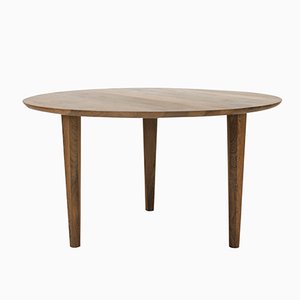
Kalahari Atlas Hocker von Claesson Koivisto Rune

Kalahari Schrank mit Vier Türen von Claesson Koivisto Rune
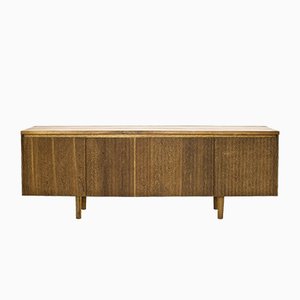
Mittlerer Kalahari Kleiderschrank von Claesson Koivisto Rune
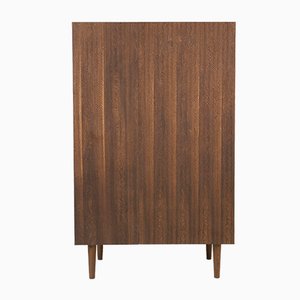
Kalahari Schreibtisch mit Sichtschutz von Claesson Koivisto Rune
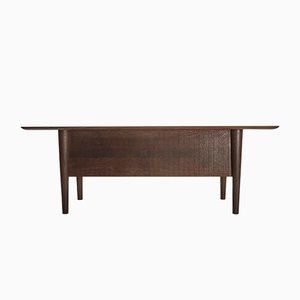
Meradi Kleiderschrank von Garth Roberts

Meradi Schrank mit Zwei Türen von Garth Roberts

Kutu Log Bank von Claesson Koivisto Rune
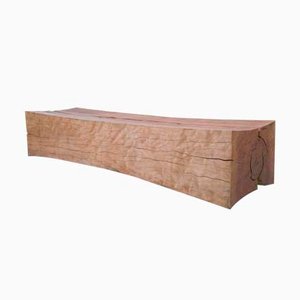
Kota Tablett mit Lackiertem Rand von Garth Roberts
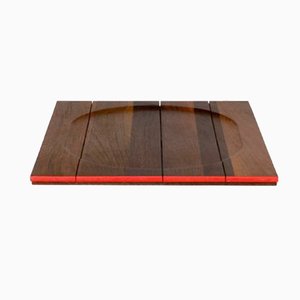
Thusi Kammerdiener Klein von Studio Noi

Seri Schale von Garth Roberts

Seri Kerzenständer für 1 Kerze von Garth Roberts
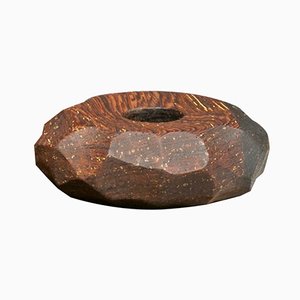
Supa Esszimmerstuhl von Mabeo Studio
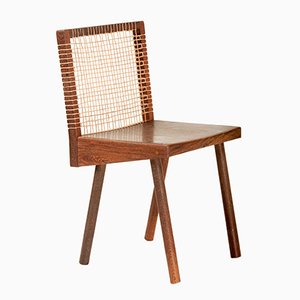
Sesana Tisch von Mabeo Studio
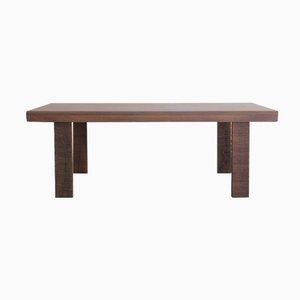
Saale Schreibtisch von Mabeo Studio
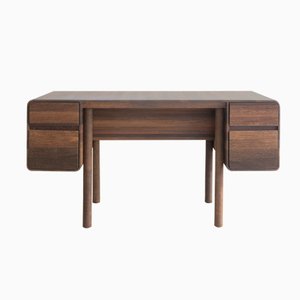
Thuthu Tisch mit Bemalten Streifen von Patty Johnson für Mabeo

Foco Rojo Teppich von Ariel Rojo
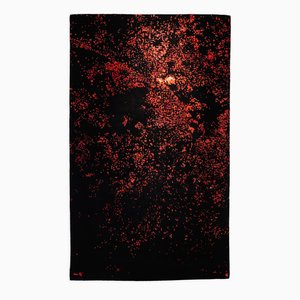
Less: No.1 Catenary Pottery Printer - Set One von gt2P
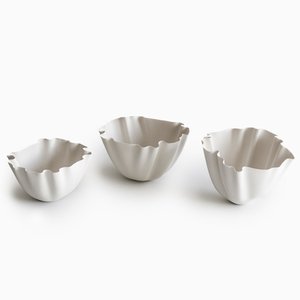
Less: No.1 Catenary Pottery Printer - Set Two von gt2P

Less: No.1 Catenary Pottery Printer - Set Three by gt2P
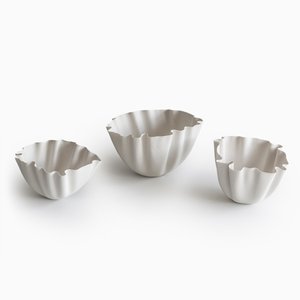
Less: No.1 Catenary Pottery Printer - Set Four von gt2P
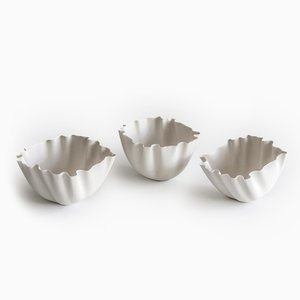
Sefefo Color Series Esszimmertisch mit Lackiertem Rand von Patricia Urquiola für Mabeo
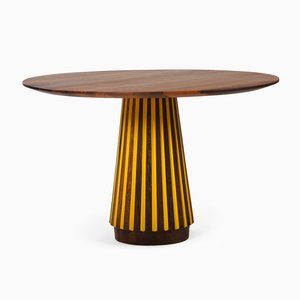
Alphabet Wasserkrug von Formafantasma

Alphabet Wasserglas von Formafantasma

Alphabet Wasserglas von Formafantasma
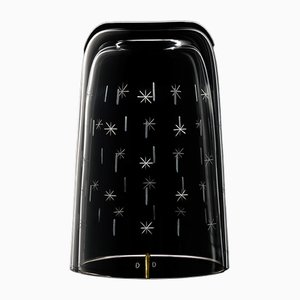
Sefefo Color Series Hocker mit Lackiertem Rand von Patricia Urquiola für Mabeo

Sefefo Color Series Stool in Black and Green by Patricia Urquiola
























 Andrea Trimarchi and Simone Farresin of Formafantasma
© Bea De Giacomo for L'AB/Pamono
Andrea Trimarchi and Simone Farresin of Formafantasma
© Bea De Giacomo for L'AB/Pamono
 Eyal Burstein
© Bea De Giacomo for L'AB/Pamono
Eyal Burstein
© Bea De Giacomo for L'AB/Pamono
 Sebastián Rozas of gt2P
Sebastián Rozas of gt2P
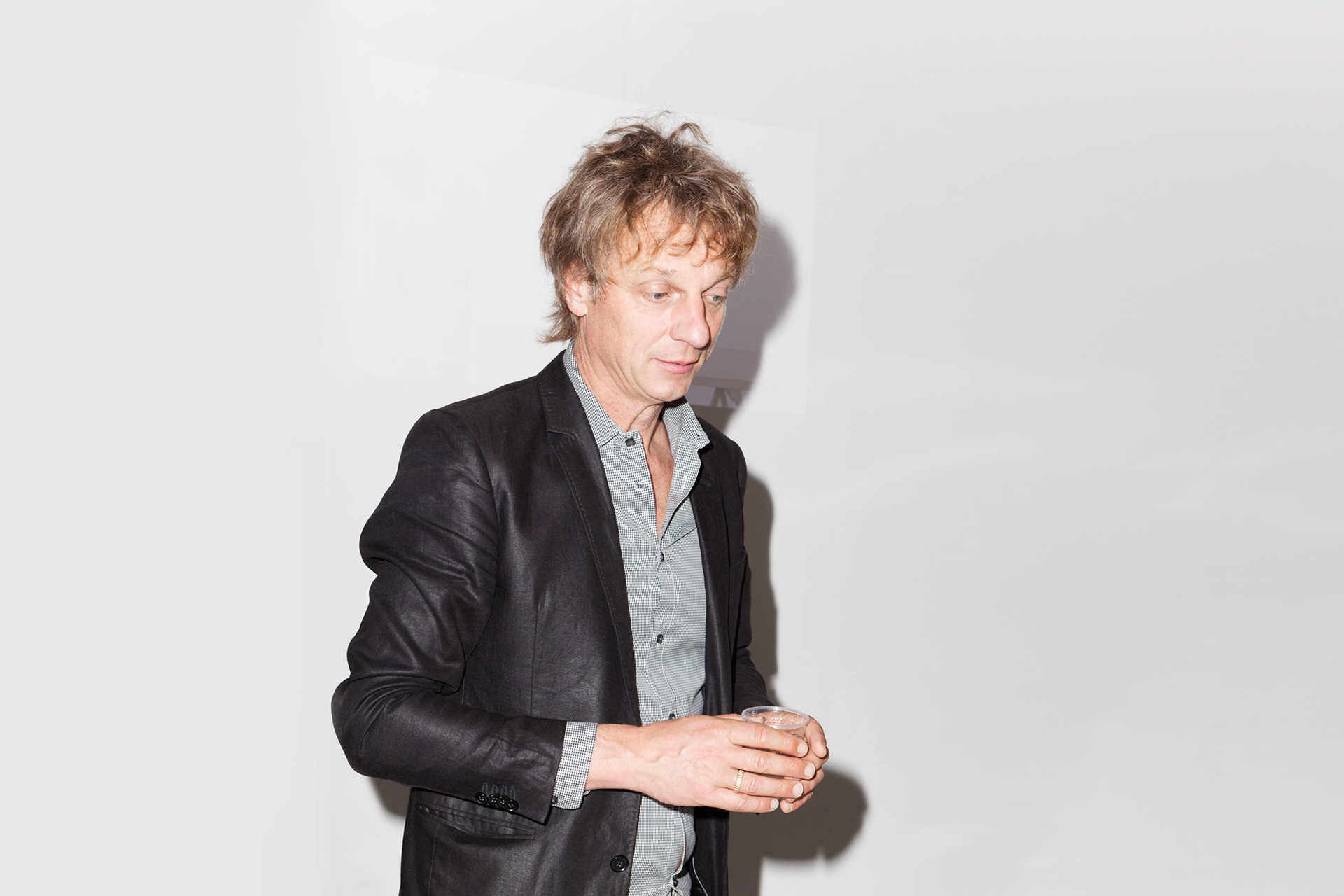 Thomas Eyck
Thomas Eyck
 Peter Mabeo
Peter Mabeo
 Anike Tyrrell
Anike Tyrrell
